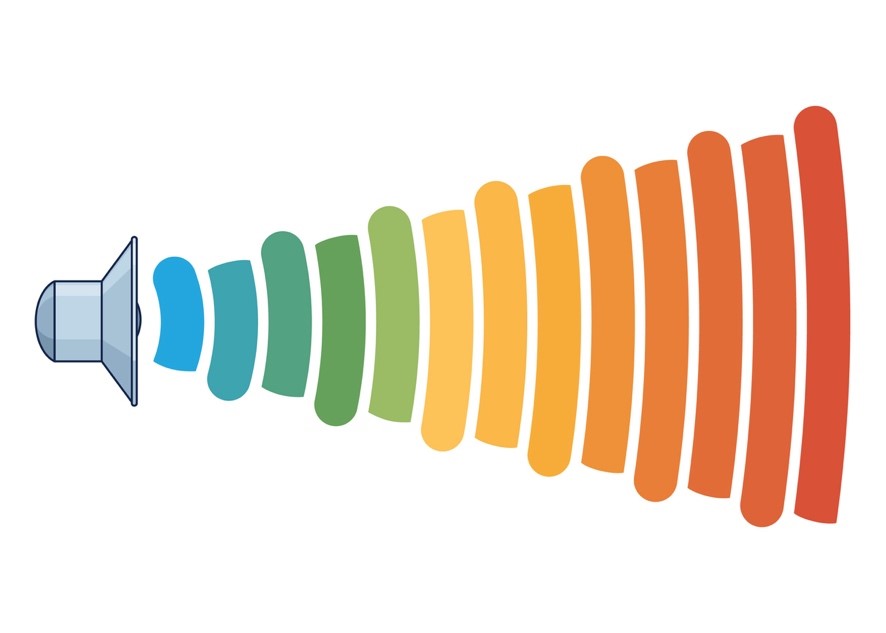Does your school have any policies in place for the use of AI? Has your district offered any professional development around AI use in the classroom? Do students know when, where, and how they are allowed to use AI when doing school work? Do they understand the ethics of AI and when not to use AI? Are teachers in your school using AI in the classroom?
If your school does not have clear policies on using AI in the classroom you are not alone!
The Majority of Schools have no AI Policy
A recent study by EdWeek Research Center found that 60% of educators reported that their school did not have clear policies or guidance for using AI in the classroom and did not have any policies for student use of AI.
Schools around the country are scrambling to come up with policies and procedures and there is concern that without clear policies there will be significant challenges in the coming years. At the same time, school leaders recognize that AI is a moving target and any policies developed in the coming year will need to be flexible and adaptable. It’s tricky.
At a high school in Hingham, Massachusetts the parents of a high school senior filed a lawsuit against the school after their son faced disciplinary actions for using AI on a history project. The school did not have any AI policies in place and the teacher did not provide the students with any guidelines about whether AI could be used for the assignment.
While the case is still pending, and the court initially ruled in favor of the school, it is a situation that could have been avoided had clearer rules been in place at the outset. Without a written policy, some educators are reluctant to teach students about using AI, which is a lost opportunity as AI is now pervasive in our online worlds. The Edweek survey found that many educators are asking school leaders for guidance in this area, and school administrators are trying to figure out where to begin.
The Number of Teachers and Students Using AI is Rapidly Increasing
Though some teachers express reluctance to jump into using AI with their students, the rates of AI use in schools by middle and high school teachers has jumped in the last year from 50% in 2023 to 80% of teachers using AI in their classrooms in 2024. Teachers that reported using AI reported that 93% of their students are using it too. 1
The following are three steps to take to create an effective AI policy for your school.

Step One: AI Literacy
AI literacy is the first step to creating a coherent policy about AI use in schools. AI is now all around us with ChatGPT, Perplexity, Google’s Gemini, Microsoft Copilot, and the Khan Academy’s Khanmigo. Even Google Search uses a form of AI to answer questions. Start with a series of interactive professional development workshops for school administrators and educators. Learn about what is currently occurring in classrooms in your school and what questions and issues teachers are struggling with in order to formulate useful policies.
A recent poll indicated that 7 in 10 teachers have never received any professional learning related to AI.2 Some teachers view ChatGPT and other AI platforms as tools that students use to cut corners when working on writing assignments rather than thinking more broadly about ways to ethically leverage AI when working on school assignments. Educating teachers about how to use AI effectively and ethically is the first step in ensuring students know how to appropriately use AI.

Step Two: Don’t Reinvent the Wheel
More than 40% of schools do have policies for the use of AI and there are many organizations that are working with schools to help address this complex issue. Find out if other nearby districts have created plans that might be useful for your school or district to adapt to the local environment.
In addition, there are organizations and non-profits that can provide information, tools, guides, and professional development that can help your community navigate these complex waters.
- AI for Education has compiled summaries and links to the 25 states in the US that have developed guidelines for AI use in schools.
- CESA6, a cooperative educational service agency that provides services across the country has created a comprehensive guide to developing AI guidelines and policies for schools. CESA6 also provides professional development workshops that cover AI essentials so that educators can get up to speed on AI and workshops for school leaders to help them develop policies.
- TeachAI.org has created a resource guide and a Toolkit to help schools create policies around school use of AI. The Toolkit provides students, teachers, and administrators with assistance in thinking about policies and ethical considerations related to the use of generative AI, Intelligent tutors, conversational agents, and analytic tools.
Step 3: Keep the Focus on Core Values
Recent recommendations by the National Education Association (NEA) recommend that as schools move to use more AI in the classroom, they should adhere to the following core principles:
- Students and educators must remain at the center of education
- Evidence-based AI technology must enhance the educational experience
- Ethical development/use of AI technology and strong data protection practices
- Equitable access to and use of AI tools is ensured
- Ongoing education with and about AI: AI literacy and agency3
Time to Get Started!
School leaders should begin by educating themselves about how best to use AI in the classroom. One of the best resources for using AI in K-12 classrooms is the Washington Office of Superintendent of Public Instruction Implementing AI: A Practical Guide for the Classroom. This guide uses the “Human inquiry—AI—Human empowerment” framework to help K-12 educators integrate AI into classroom activities. The guide includes advice and tools on how to use AI for different types of assignments, ways to use AI at different grade levels and subject areas, and also provides model policies for AI use.
 Leslie Stebbins is the director of Research4Ed. She has more than twenty-five years of experience in higher education and K-12 learning and instructional design. She has an M.Ed. from the Technology Innovation & Education Program at the Harvard Graduate School of Education and a Master’s in Library and Information Science from Simmons College.
Leslie Stebbins is the director of Research4Ed. She has more than twenty-five years of experience in higher education and K-12 learning and instructional design. She has an M.Ed. from the Technology Innovation & Education Program at the Harvard Graduate School of Education and a Master’s in Library and Information Science from Simmons College.








